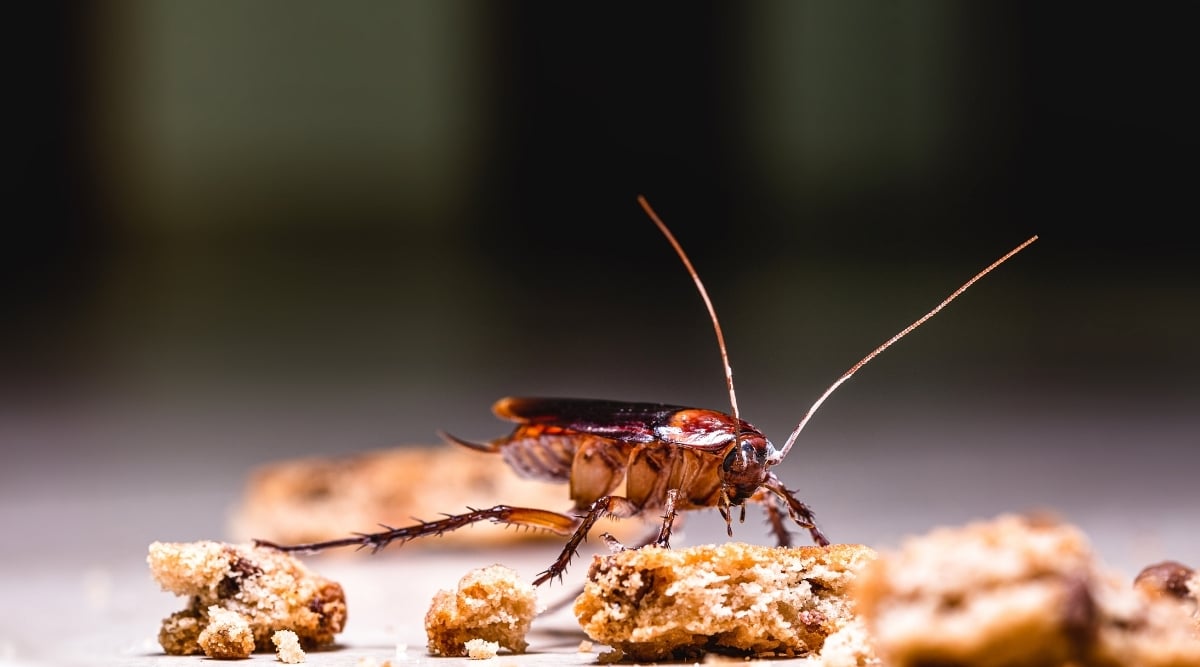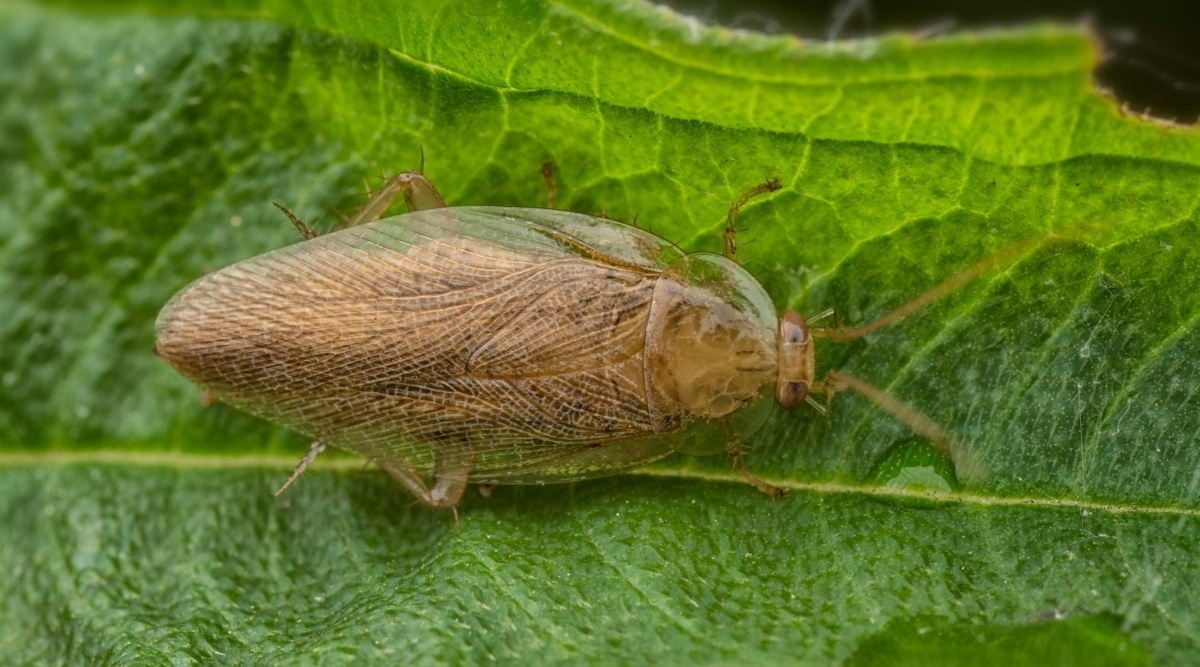Do Cockroaches Really Hate Light or Does it Actually Attract Them?
Have you heard that a well lit home is sure to keep cockroaches at bay? It's true that roaches don't prefer areas that have decent amounts of light, both natural, and artificial. But why is that? Read on to find out what it is that helps light repel roaches, and if it's actually something you can rely on as a preventative treatment.

Roaches are known to hide in the darkest corners of the house, and they scurry off when you shine a light onto them. But why do they do this? Are they afraid of the light? Or do they just hate it? Could it be that cockroaches are actually attracted to the light?
The truth is cockroaches are nocturnal. Most of them do not enjoy the light, although some species of roaches live their best life right out in the daylight. But is light a successful prevention method to keep roaches out of your home? That’s a different story entirely.
Read on to find out why roaches hate light and if you can use electricity to protect your home against them. Roaches have evolved to hide in brightly lit places to avoid danger.
Cockroaches Are Nocturnal

Roaches are not really afraid of the light. In fact, a lot of them just don’t like bright things because of how they live.
Most roach species are nocturnal. According to Health Clover, these insects are dormant during daytime, and they’re only active for about four hours at night. They will not go out looking for food unless they absolutely need to.
So from a biological standpoint, roaches are most comfortable living in the darkness. It’s only natural for these insects to scatter when there’s light on them.
They Avoid Light To Survive
Avoiding bright areas in a territory can be the difference between life and death for a cockroach. It’s all about stealth and being inconspicuous. If you view roaches’ aversion to light from a practical point of view, you’ll realize that they’ve evolved to look at light as some kind of danger warning.
A lot of bigger predators can spot them when it’s bright. And since this insect has been around for 300 million years, the light aversion strategy has somehow been proven to work for them. They go about their business feeding, foraging and mating without being disturbed in the dark.
Wood Roaches Like The Light

Since we mentioned that most roach species are averse to light, it only makes sense to talk about the outlier species that love it. Wood roaches are a few species of cockroaches that are not only comfortable with brightly lit environments, they’re even attracted to it.
These roaches enter a house when they see it lit, gathering near windows and doors. They’re originally outdoor roaches, but they can live inside a house looking for food, warmer temperatures and light.
Using Lights To Repel Roaches
Yes. You can actually use good old electricity to ward off most roaches. All you have to do is put them in the right places. It is possible. However, it comes with a lot of disadvantages and not to mention only a small possibility of ever being effective.
What some homeowners do is install light strips inside their kitchen cabinets or cupboards to keep them lit. You can also have your lights turned on overnight to discourage roaches from coming out to forage. But using this much power will most probably triple your electricity bill.
And when push comes to shove, hungry roaches will eventually get out of their hiding places and scurry into bright rooms to look for something to eat. So unless your house has other means of getting energy, we don’t recommend using light to repel roaches.
Other Natural Cockroach Repellents

Believe it or not, there are actually several methods that you can use to repel roaches, outside of a well lit room. There are many natural ways that can help prevent roaches from entering your home. Let’s take a look at some of the most convenient.
Plants: There are certain types of plants that can keep roaches at bay. Catnip and Chrysanthemums are just two of the many plants that roaches hate, largely for their smell. Keeping these plants near your front door, or back door, can help keep cockroaches out of your home.
Salt: It’s not just an old wives tale that salt can keep cockroaches out of your home. Almost all insects die when they are in salt. So while this isn’t necessarily the best form of pest control, keeping some salt around can be a good idea to prevent an infestation.
Diatomaceous Earth: Diatomaceous earth works well on scorpions, but it also can work well on roaches. It basically acts as little fragments of glass, which harm their stomach and underbelly, preventing them from crawling all over your home.
Baits: When all else fails, baits can work. There are some roach baits that only use natural ingredients. This will help ensure that no artificial poisons are left around your home, for your animals to ingest.
Wrap Up
Overall, the reasons that explain why roaches hate light are very simple. It turns out that most of them are just averse to bright fluorescents and glowing light bulbs because of how they live. So does this mean you should have a well-lit home?
The short answer is yes, light can help. But it’s not going to help if you keep your home cluttered, or give roaches other places to hide. Roaches are nocturnal and prefer to live in darkness. And just because you don’t see them around, doesn’t mean that they aren’t there creeping in your kitchen at night. When all else fails, it may be time to call a professional for help.
Share this post
Save time and money on pest control
Subscribe to expert DIY pest control tips, pest control product reviews and information.




